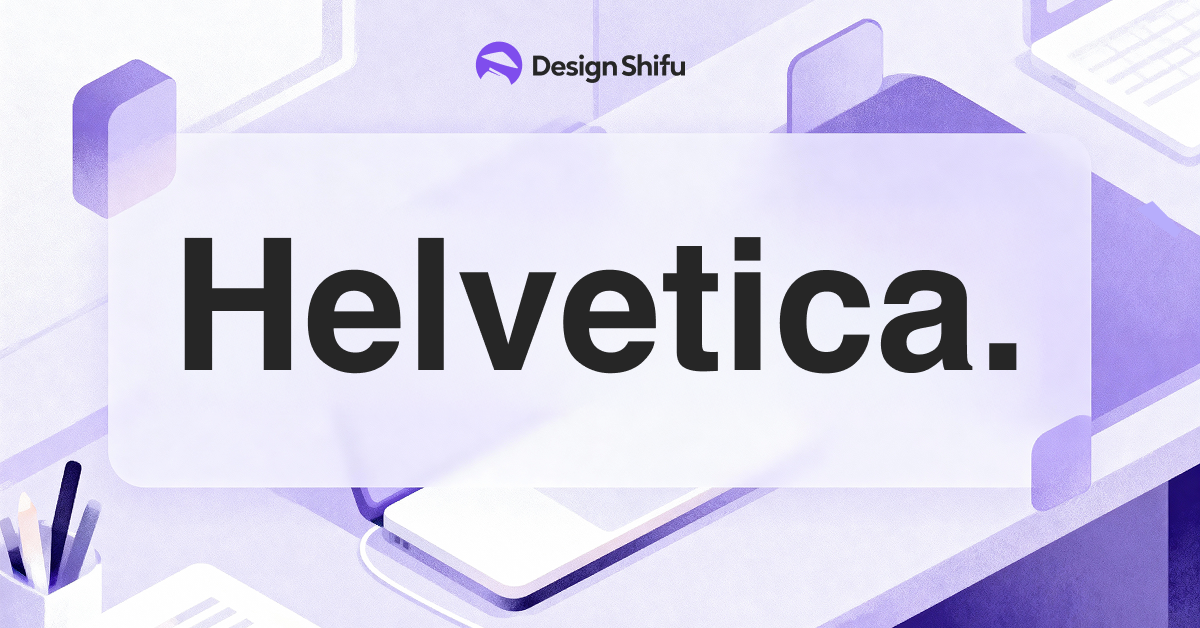Every agency faces the same frustrating paradox: You’re delivering award-winning design work, yet profit margins remain stubbornly thin. The culprit? Outdated billing practices that treat design as a commodity rather than the business accelerator it truly is.
Consider these eye-opening statistics
- 68% of creative agencies struggle with profitability despite strong revenue (HubSpot 2024)
- The average design agency leaves $147,000 annually on the table through scope creep (Accelo)
- Value-priced agencies enjoy 3x higher client retention than hourly-billed competitors (Forrester)
This comprehensive guide reveals the pricing strategies, service packaging, and operational tweaks that transform design from a cost center to your most profitable offering.
We’ll dissect real agency case studies, expose common profit leaks, and provide actionable templates you can implement immediately.
TL;DR
For design agencies, profitability isn’t just about great creative work—it’s about how you track, price, and communicate value.
Smart billing can increase margins by 20–40%, reduce scope creep, and build client trust through transparent, results-driven reporting.
This blog covers
- How to calculate design ROI and use it as a selling point
- Pros and cons of different billing models for agencies
- Proven ways to improve margins without sacrificing quality
- Tools for tracking time, performance, and client impact
- Tips for communicating ROI clearly to clients and stakeholders
Billing smarter isn’t about charging more it’s about charging right for the value you deliver
How to Calculate and Sell Design ROI
Why ROI Matters in Design Sales
Design is no longer just aesthetic, it’s a revenue-driving asset. Positioning your work in terms of business outcomes (traffic, conversions, retention) makes you indispensable.
Simple Design ROI Formula
ROI = (Value Delivered – Cost of Design) / Cost of Design × 100
Example: A $15K redesign boosts conversions by $75K = 400% ROI.
Communicating ROI to Clients
- Use before/after KPIs (conversion rate, time on site, lead quality)
- Visualize impact through dashboards
- Offer ROI-based testimonials/case studies
Choosing the Right Billing Model
| Model | Pros | Cons |
| Hourly | Easy to start, transparent | Penalizes efficiency, scope creep risk |
| Fixed-Price | Predictable, scalable | Needs precise scoping, higher upfront effort |
| Value-Based | Rewards impact, justifies higher fees | Requires ROI fluency, client education |
| Retainers | Recurring revenue, strong relationships | Risk of underutilization, entitlement |
Best Practice: Hybrid Models
Combine fixed pricing for deliverables with value-based bonuses (e.g., +15% if KPIs are hit).
Proven Ways to Improve Margins
1. Productize High-Value Services
Package offerings like “Brand in a Week” or “Conversion Design Sprint.”
2. Automate Repetitive Design Ops
Use templates, component libraries, and auto-layouts in Figma.
3. Limit Revisions & Scope
Set boundaries upfront. Use “Included vs. Bonus” grids and enforce change orders.
4. Track Time to Expose Hidden Costs
Don’t guess, use time tracking data to uncover non-billable drains.
5. Upsell Strategic Services
Add consulting, UX research, or analytics implementation as upsells.
The 2025 Profit Tech Stack
The Essential Toolkit
| Category | Tool | Profit Impact |
| Proposals | Loom + Notion Pages | 60% faster approvals via video proposals |
| Time Tracking | Harvest | Highlights billable vs. non-billable time |
| Design Systems | Figma Tokens + Zeroheight | Enables scalable, documented design reuse |
| Client Portal | Notion + Super.so | Custom-branded dashboards for each client |
| Budgeting | Parallax | Improves forecasting + resource planning |
| Performance | ConvertKit Commerce | Tracks performance-linked creative ROI |
Hidden Gem: Userbrain for affordable user testing ($35/tester)—justifies premium pricing.
Chapter 5: From Theory to Practice – Case Studies
Case Study 1: The $147K Turnaround
Agency: Boutique UX studio
Change: Switched from hourly to milestone-based pricing with defined ROI targets
Result: Reduced unpaid overages by 70% and added $147K in annual revenue
Case Study 2: The Retainer Reinvention
Agency: Branding & Web Design (10-person team)
Change: Launched a 3-tier retainer with clear boundaries and ROI reporting
Result: Increased recurring revenue by 55%, decreased churn to under 10%
Implementation Roadmap
- Audit current billing structure and service profitability
- Track time across all projects using Harvest
- Draft “included vs. bonus” matrices for top 3 services
- Transition one flagship service to value-based pricing
- Implement tech stack upgrades (e.g., Notion portal)
- Train client teams on scope boundaries and ROI metrics
- Replace hourly billing across all new clients
- Launch branded pricing templates with Loom walkthroughs
- Create a lead magnet: “Design ROI Calculator + Pitch Deck”
Final Take: Design ROI is Your Best Sales Strategy
When clients understand your impact, they stop seeing you as a line item—and start treating you as a growth partner. By aligning billing with results, streamlining operations, and showcasing ROI, agencies can
- Boost margins by 30–50%
- Win higher-value clients who appreciate design’s impact
- Retain clients longer through recurring value
Next Steps
- [Download Our Design ROI Toolkit]
- [Try the Interactive ROI Calculator]
- [Book a Strategy Call to Audit Your Profit Stack]
FAQ: Design ROI and Profit Margins
1. How do I calculate ROI for a design project?
Use the formula: (Value Created – Cost of Design) / Cost of Design × 100. Measure results like conversions, time saved, or revenue uplift.
2. Which billing model is best for design agencies?
3. How can I show clients that design has ROI?
4. How do I reduce scope creep in projects?
5. What tools help with tracking profitability?
6. Can startups or small agencies benefit from this?





